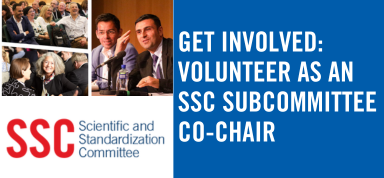Hypercoagulability of COVID‐19 patients in Intensive Care Unit. A Report of Thromboelastography Findings and other Parameters of Hemostasis
ISTH Academy. Tripodi A. 04/17/20; 293242

Prof. Armando Tripodi
Contributions
Contributions
Journal Abstract
Summary
Background
The severe inflammatory state secondary to Covid‐19 leads to a severe derangement of hemostasis that has been recently described as a state of disseminated intravascular coagulation (DIC) and consumption coagulopathy, defined as decreased platelet count, increased fibrin(ogen) degradation products such as D‐dimer as well as low fibrinogen.
Aims
Whole blood from 24 patients admitted at the intensive care unit because of Covid‐19 was collected and evaluated with thromboelastography by the TEG point‐of‐care device on a single occasion and six underwent repeated measurements on two consecutive days for a total of 30 observations. Plasma was evaluated for the other parameters of hemostasis.
Results
TEG parameters are consistent with a state of hypercoagulability as shown by decreased R and K values, and increased values of K angle and MA. Platelet count was normal or increased, prothrombin time and activated partial thromboplastin time were near(normal). Fibrinogen was increased and D‐dimer was dramatically increased. C‐reactive protein was increased. Factor VIII and von Willebrand factor (n=11) were increased. Antithrombin (n=11) was marginally decreased and protein C (n=11) was increased.
Conclusion
The results of this cohort of patients with Covid‐19 are not consistent with acute DIC, rather they support hypercoagulability together with a severe inflammatory state. These findings may explain the events of venous thromboembolism observed in some of these patients and support antithrombotic prophylaxis/treatment. Clinical trials are urgently needed to establish the type of drug, dosage and optimal duration of prophylaxis.
{{ help_message }}
{{filter}}





























